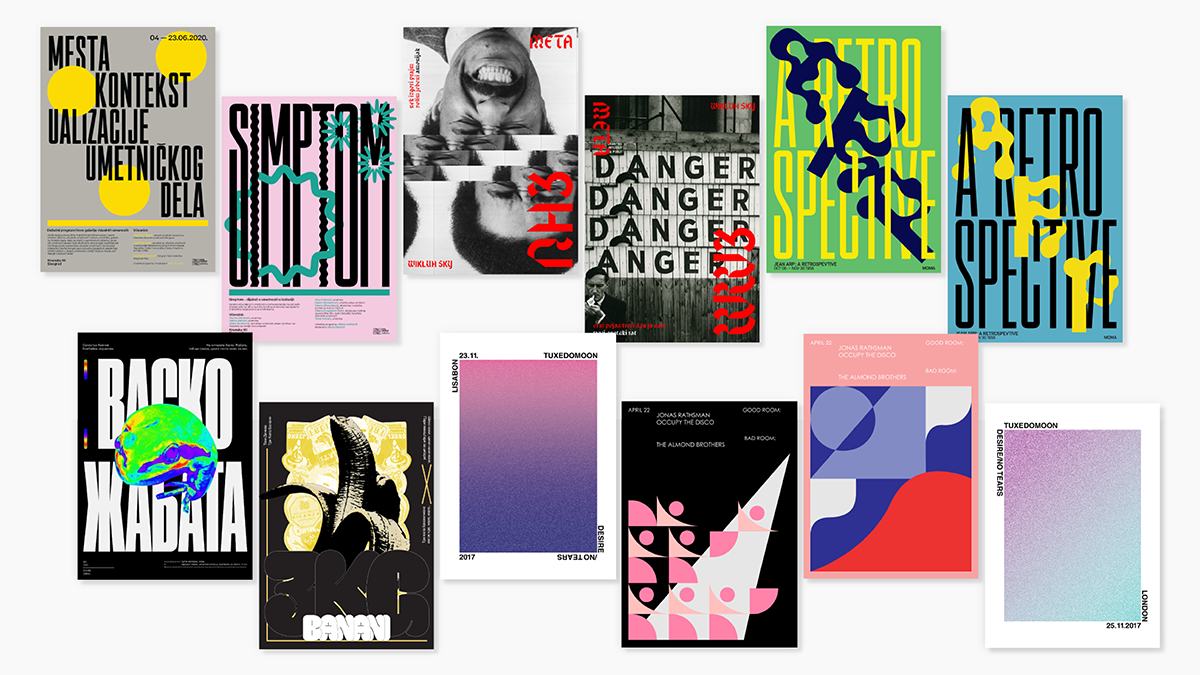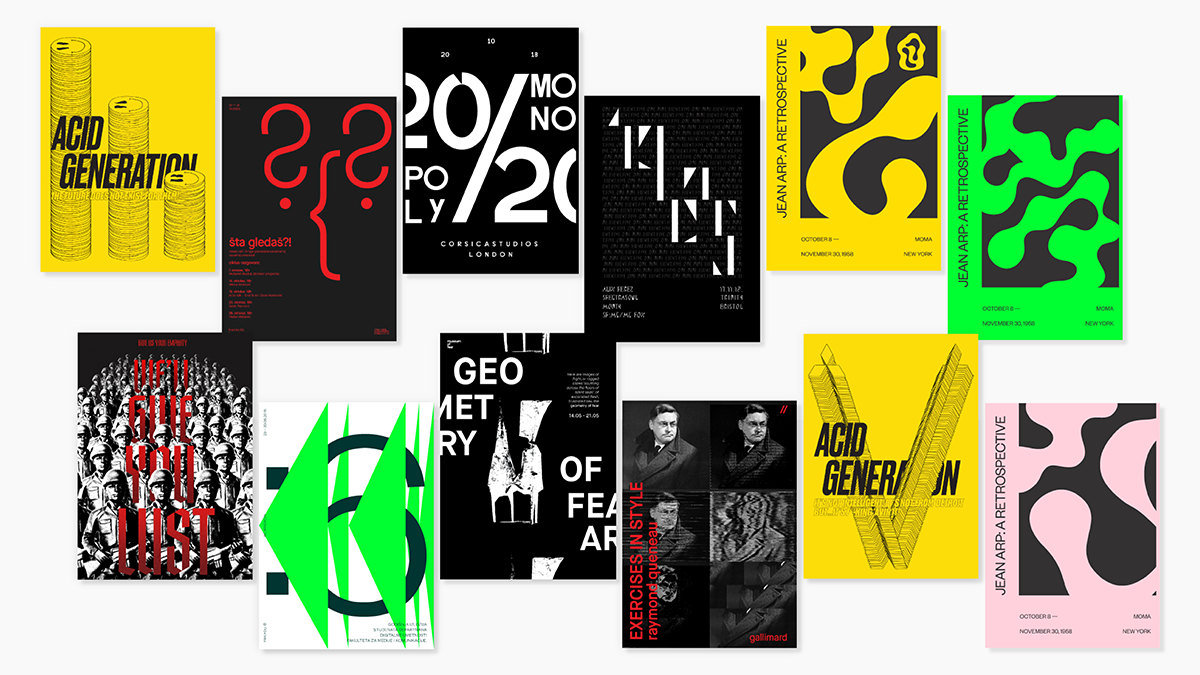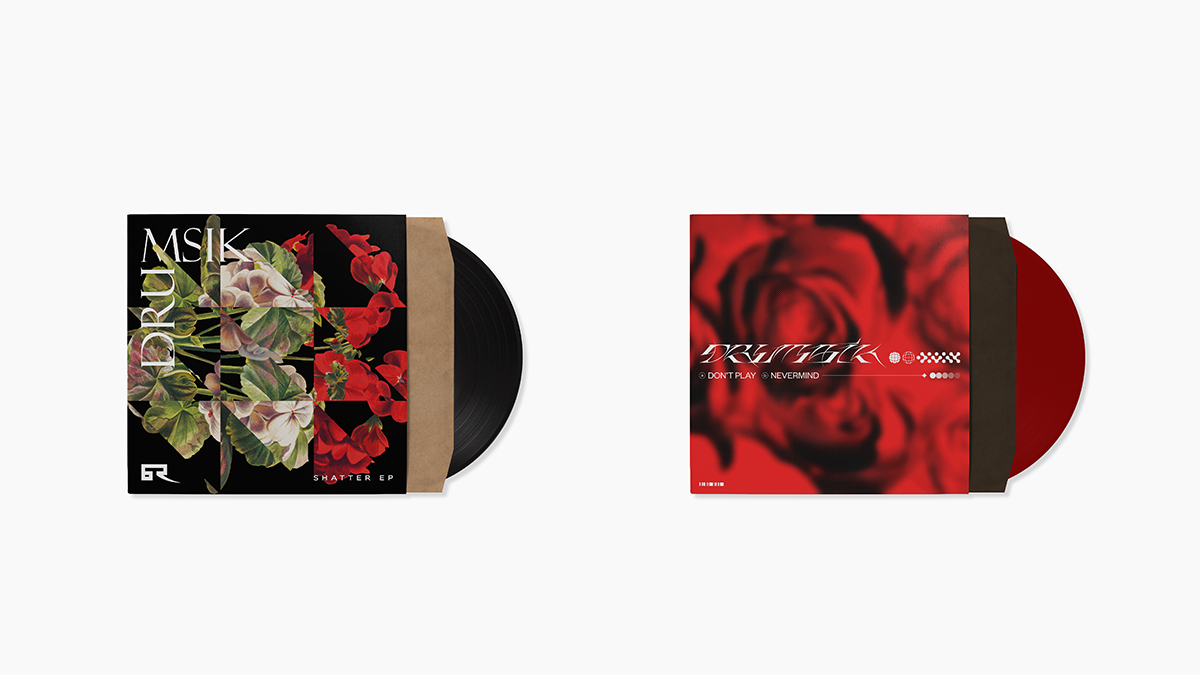‘In addition to a well-curated programme that the institution offers, a strong and consistent visual identity helps people understand what the institution stands for, what experiences it provides and why they should engage with it,’ Milen Tišić.
 Hello, Milen! You seem ready to start the interview, so I’d like to ask you right away if this is the first time you have experienced working with a cultural institution.
Hello, Milen! You seem ready to start the interview, so I’d like to ask you right away if this is the first time you have experienced working with a cultural institution.
Hi! Hi everyone! Well… My first work experience in the cultural sector was collaboration with the New Gallery of Visual Arts in Belgrade. However, working with the Trebinje Cultural Centre within the ReCulture project was my first experience working with a public cultural institution.
How challenging was it to work within a team? After this experience, what do you think are the challenges and advantages compared to working independently with a client?
Working within a team was not so challenging because of the good internal organization in the team and proactive communication with the institution, their openness in accepting our proposals and general initiative. I think the advantage of teamwork is that it creates a space for exchanging ideas, experiences and seeing challenges from different perspectives. There were no serious challenges, except that sometimes we had to coordinate the time of a meeting with other engagements.
What contribution to the development of the institution’s new identity are you most proud of?
Generally, of the entire identity that we developed through the project.
How much can you express yourself creatively in the final solution when you work within a team?
Not much, but I believe that’s not the point. Our goal was to adapt to the needs of the cultural institution and the community. We considered different age groups, different types of people who would use this institution and its productions, making sure not to exclude any aspect. Authorial and authentic approaches can often be alienating for users when it comes to larger projects and broader application.
Has the project enabled you to further shape your design language?
To some extent, the project allowed for the shaping of a design language. As I mentioned in the previous question, when working on more complex projects like this one, the focus is on functionality and applicability rather than on personal style. Certainly, I believe that the project has contributed to understanding the aesthetics and needs of cultural institutions.
 In what aspect was the visit to the institutions useful for your research process? Do you think this should be an integral part of the practice in working with clients?
In what aspect was the visit to the institutions useful for your research process? Do you think this should be an integral part of the practice in working with clients?
I believe that visits should be an integral part of practice for any project. Getting to know the people, the environment, the needs of the institution, the capacity of the space, means a lot in the further elaboration of the strategy and approach.
After your experience with this project, and other work experiences, explain the difference between working with cultural institutions and clients that promote commercial content (if you have experience with them).
From my experience, working on commercial content often tends to be banal and thoughtless. This result is an outcome of tight deadlines and poor communication (not to say a “dynamic work environment” ☺). In working with cultural institutions, there is more space, both in terms of time and creativity, to research and come up with adequate actions that will benefit the institution and, most of all, the community.
What makes the cultural institution you worked on in this project unique? How does it meet the needs of a young audience?
It is unique in its complexity, consisting of several distinct units (theatre, cinema, gallery, music section) with rich programmes.
Why do you think this project is important for the cultural institution you collaborated with?
Branding is of paramount importance for cultural institutions since it allows them to clearly express their mission and values, establishing an emotional connection with the audience. In addition to a well-curated programme that the institution offers, a strong and consistent visual identity helps people understand what the institution stands for, what experiences it provides and why they should engage with it. I think this connection encourages recurring visits and loyalty.
What is the strongest impression that the project has left on you?
The strongest impression was made by my colleagues and mentors, as well as the visits to Trebinje and Cetinje.
Which cultural institutions in the region, and which ones outside the region, do you consider to be examples of best practice?
The Museum of Contemporary Art in Belgrade.
MoMA.
Who would you suggest as a mentor for an upcoming project?
Certainly, the current mentors of the project! Among the young designers, I would highlight assistants from the university, Jelena Pejović and Miloš Nikolić ☺.
Wonderful, Milen! Say hello to your team and good luck in finishing the project.